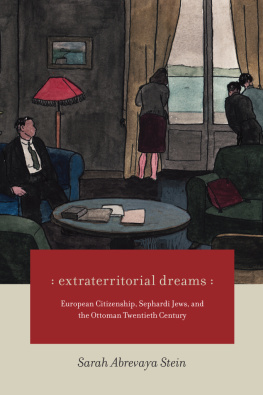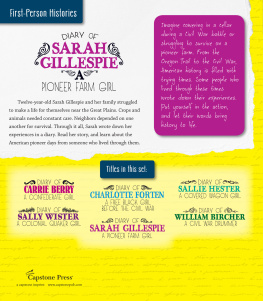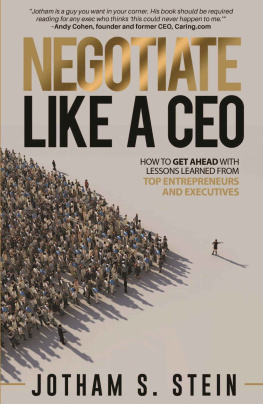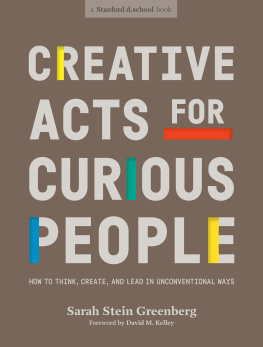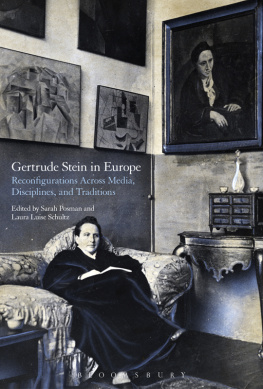Sarah Abrevaya Stein - Family papers
Here you can read online Sarah Abrevaya Stein - Family papers full text of the book (entire story) in english for free. Download pdf and epub, get meaning, cover and reviews about this ebook. year: 2019, genre: Home and family. Description of the work, (preface) as well as reviews are available. Best literature library LitArk.com created for fans of good reading and offers a wide selection of genres:
Romance novel
Science fiction
Adventure
Detective
Science
History
Home and family
Prose
Art
Politics
Computer
Non-fiction
Religion
Business
Children
Humor
Choose a favorite category and find really read worthwhile books. Enjoy immersion in the world of imagination, feel the emotions of the characters or learn something new for yourself, make an fascinating discovery.

- Book:Family papers
- Author:
- Genre:
- Year:2019
- Rating:5 / 5
- Favourites:Add to favourites
- Your mark:
- 100
- 1
- 2
- 3
- 4
- 5
Family papers: summary, description and annotation
We offer to read an annotation, description, summary or preface (depends on what the author of the book "Family papers" wrote himself). If you haven't found the necessary information about the book — write in the comments, we will try to find it.
Family papers — read online for free the complete book (whole text) full work
Below is the text of the book, divided by pages. System saving the place of the last page read, allows you to conveniently read the book "Family papers" online for free, without having to search again every time where you left off. Put a bookmark, and you can go to the page where you finished reading at any time.
Font size:
Interval:
Bookmark:
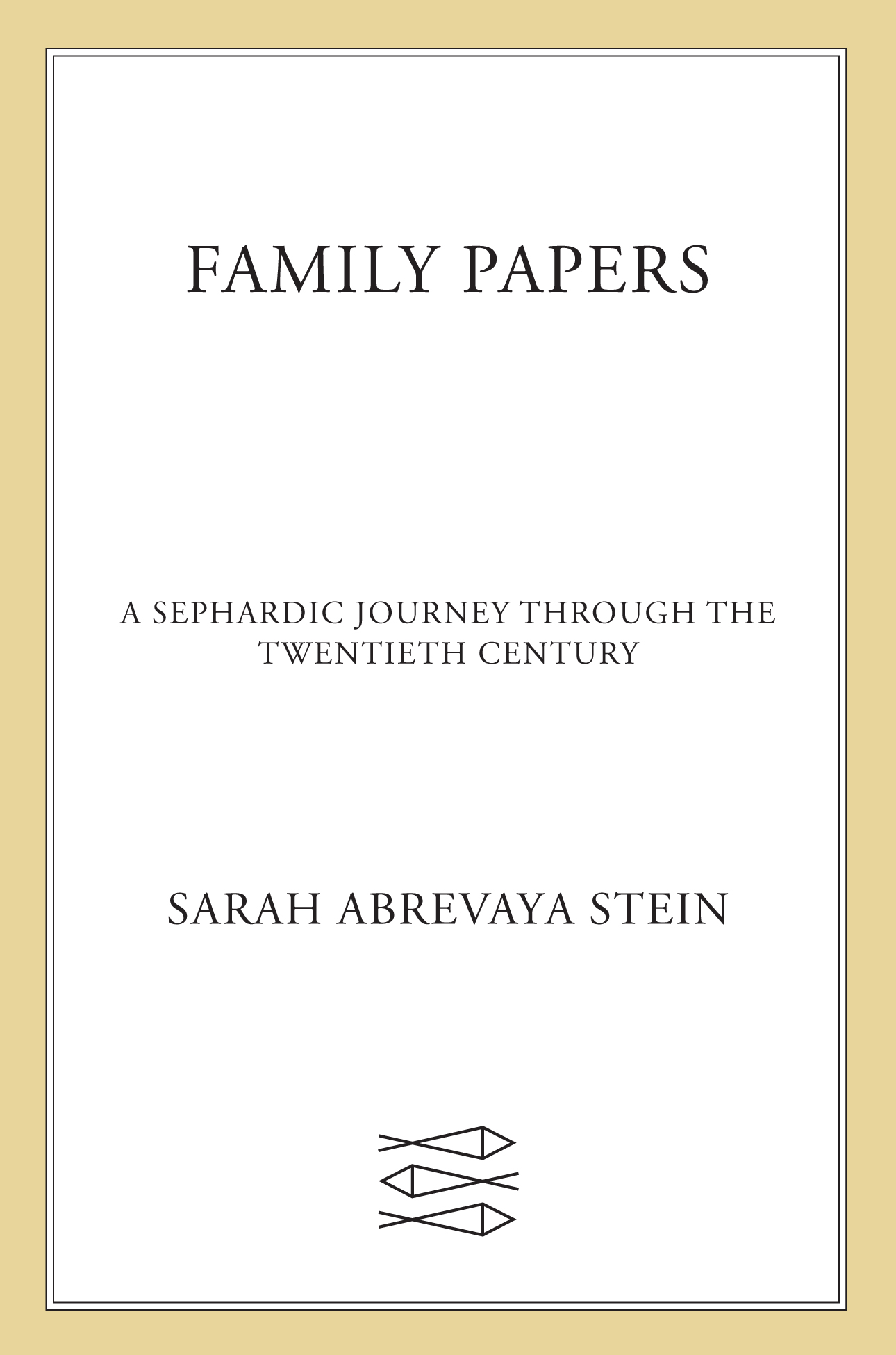

The author and publisher have provided this e-book to you for your personal use only. You may not make this e-book publicly available in any way. Copyright infringement is against the law. If you believe the copy of this e-book you are reading infringes on the authors copyright, please notify the publisher at: us.macmillanusa.com/piracy.
To three good people I love to walk with: Fred, Ira, and Julius
Kamina kon buenos, te hazeras uno de eyos.
Walk with good people and you will become one of them.
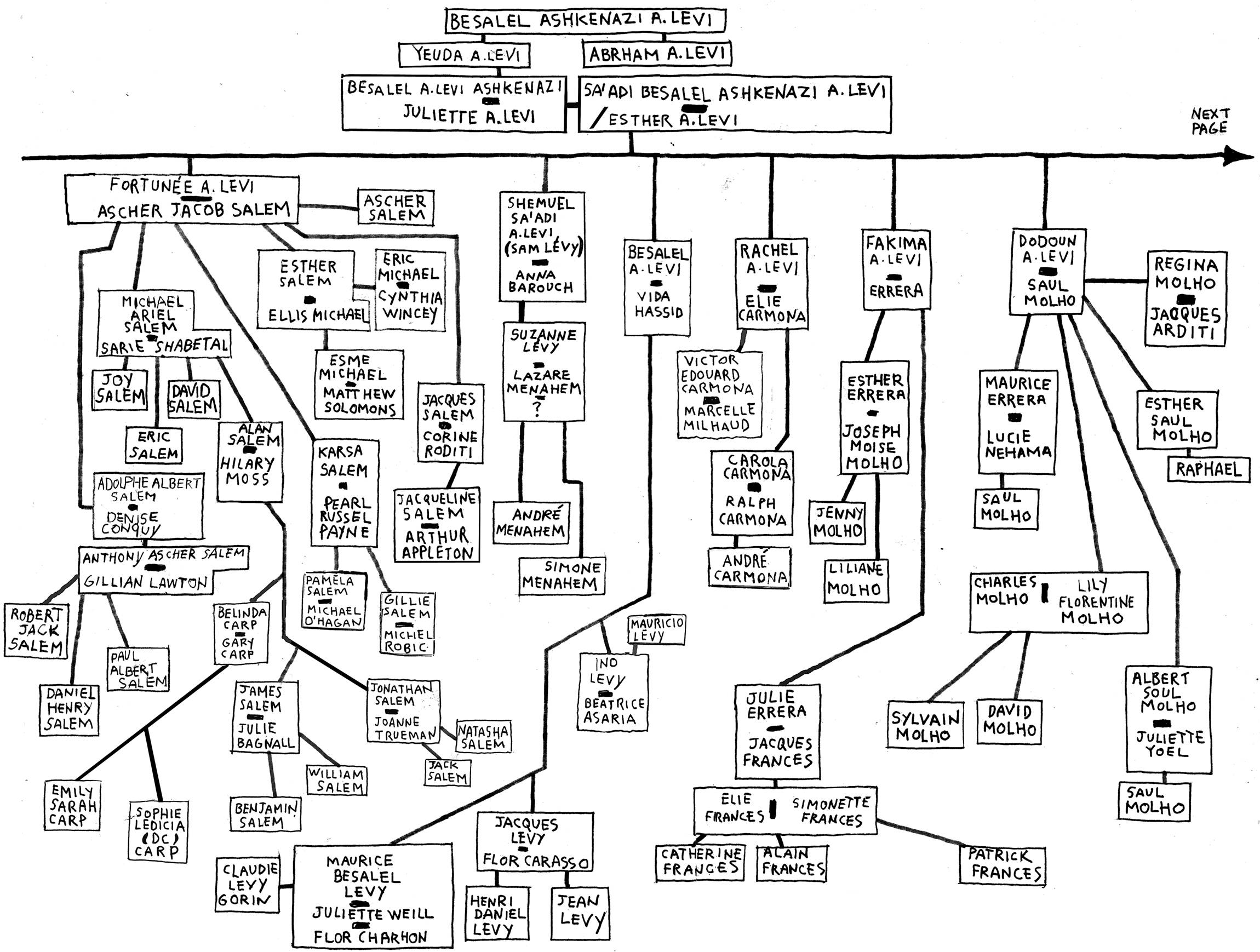
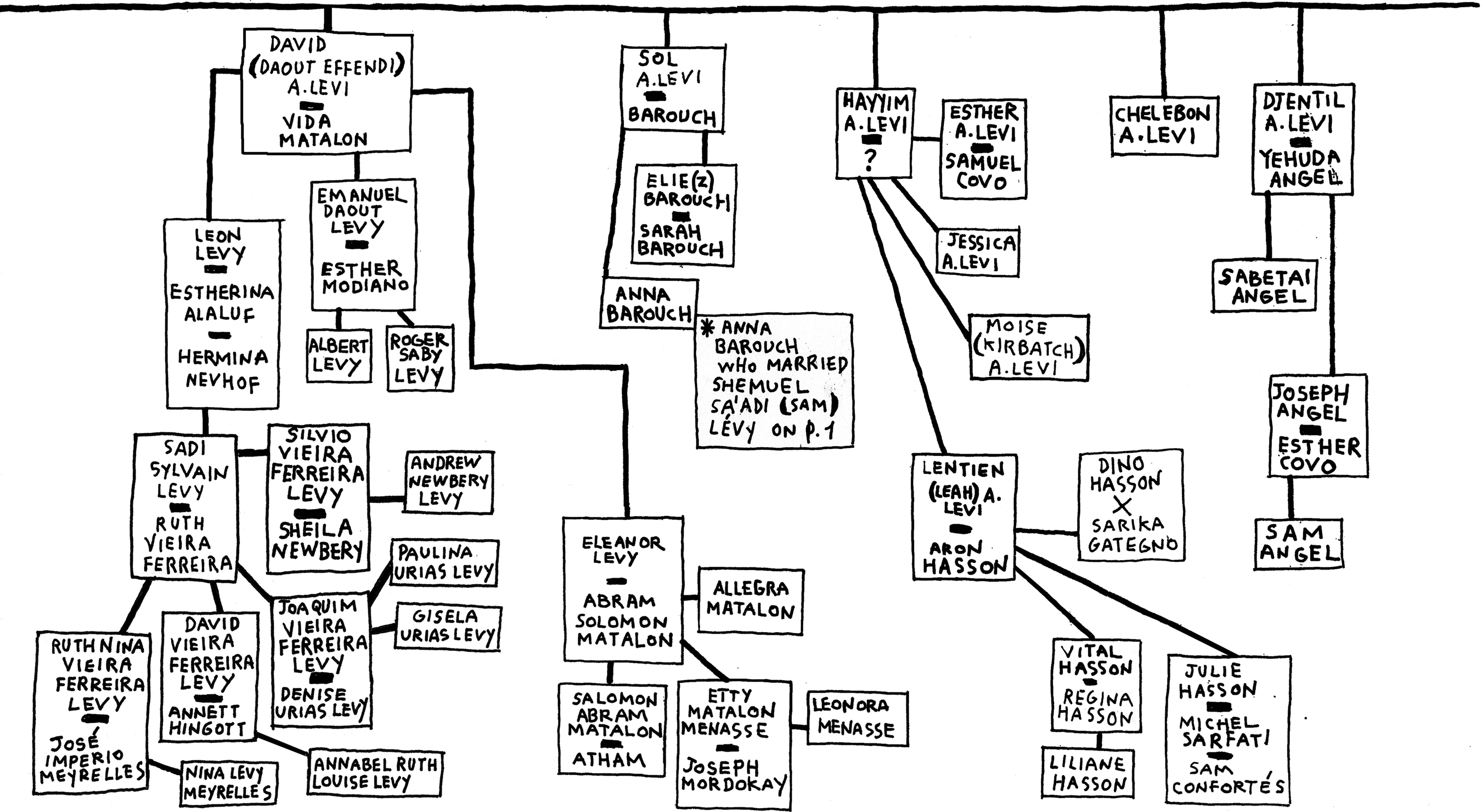
This is the story of a single Sephardic family whose roots connect them to a place and community that no longer exist. The place was the port city of Ottoman Salonica, present-day Thessaloniki, Greece, one of the few cities in modern Europe ever to claim a Jewish majority. The community was made up mostly of Ladino- (or Judeo-Spanish) speaking JewsSephardic families who traced their ancestry back to Sepharad, medieval Iberia, from which they were expelled in the 1490s, but who, for the next five centuries, called the Ottoman Empire, southeastern Europe, and Salonica home.
Today, the papers of the Levy family are spread across nine countries and three continents. The single largest collection, the papers of Leon Levy, is kept by his four grandchildren in a private vault in Rio de Janeiro. It consists of nearly five thousand handwritten and typed letters, telegrams, photographs, legal and medical documents, and miscellaneaaddress books, expired passports, and more: by far the largest private archive I have encountered as a professional historian and near obsessive document hunter.
In a suitcase in a spare garage, in a retirement village outside Johannesburg, there is another repository of Levy family papers. Smaller than the Rio collection, the South African one is nonetheless of immeasurable historical value. It includes such cherished souvenirs as a silhouette cut in Salonica in 1919 capturing the likeness of a young woman about to emigrate from her native city, never to return.
Other family papers have turned up in private hands in England. One collection, boxed up in a home in London, has survived multiple migrations, from Greece to Great Britain to Germany to India, back to Great Britain and on to the United States. Another, housed in a scenic village outside Manchester, contains fragile glass slides taken in 1917 in Salonicas Jewish cemetery, then the largest Jewish cemetery in Europe.
Yet more documents, photographs, and objects have materialized in Brazil, Canada, France, Germany, Great Britain, Greece, Hungary, Israel, Italy, Portugal, and the United States: not only family-owned papers, but documents and photographs held by thirty archives. Travel documents; naturalization papers; birth, death, and medical records; letters exchanged by relatives, lovers, and friends; business papers; even a baptismal certificate. All told, these scattered sources have allowed me to trace an intimate arc of the twentieth century.
The Levy family papers catalogue the lives and losses of multiple generations, contain papers written in eight languages, and reflect correspondence among members of a single family spanning the globe. This is a Jewish story, an Ottoman story, a European story, a Mediterranean story, and a diasporic story, a story of how women, men, and children experienced wars, genocide, and migration, the collapse of old regimes and the rise of new nations. The Levy papers also reveal how this family loved and quarreled, struggled and succeeded, clung to one another and watched the ties that once bound them slip from their grasp.
As the first papers in the Levy family collections were amassed, around the time of the Balkan Wars (19121913), Salonica and its Jewish community were undergoing an irrevocable transformation. Nationalism provoked the transition of Salonica from an Ottoman city with a Jewish plurality to a Greek city with a Christian majority. Emigration drove the citys Jews, and the Levy family, across the globe.

Map of the Levy family diaspora
Ladino speakers began to abandon their language in favor of various adopted tongues. Genocide eradicated 98 percent of the Jews who remained in Salonica during the Second World War, leaving survivors crippled by one of the highest rates of annihilation to affect a single community in Europe.
The Levy family lived all this. They knew Salonica when one was more likely to hear Ladino on the street than any other language. As leading publishers and editors in the city, they helped chronicle and shape modernity as it was experienced by Sephardic Jews. Wars redrew borders around them, transforming them from Ottomans to Greeks. Family members moved across boundaries and hemispheres, with some leaving in optimism and others in shame. The Holocaust eviscerated their clan, destroying entire branches of the family tree. The losses that so devastated those left behind disrupted intimacies and led to new relationships among survivors driven together by grief, seeking solace in one another and, in some cases, cooperating to file reparation claims from Germany. Slowly, agonizingly, they rebuilt.
My encounter with the Levy family has its roots in another book, one I coedited with my colleague, former teacher, and friend, Aron Rodrigue. In 2012, Aron and I published a translation of the first known Ladino memoir (Isaac Jerusalmi, zikhrono livrakha [zl], of blessed memory, served as translator). The memoir was composed by a Levy patriarch, Saadi Besalel Ashkenazi a-Levi (18201903), whom contemporaries called Saadi.
Saadis memoir fills ninety-five pages of a humble notebookthe sort of ledger a small-business owner might use to keep track of expenses. Written in elegant soletreo, the unique cursive handwriting of Ladino, the pages are dotted with Hebrew words in calligraphic block letters. The margins show Saadis meticulous additions and corrections, some in blue pencil. Saadi would revise and polish the document for a decade, until blindness overtook him. A lifelong publisher, Saadi made this notebook his last and most intimate creation.
Astonishingly, Saadis notebook passed through four generations of his family, traveling from Salonica to Paris, from Paris to Rio de Janeiro, and, finally, from Rio to Jerusalemsomehow eluding destruction, even in the face of the dispersal of Saadis descendants over multiple countries and the annihilation of Salonicas Jewish community. Later, after I spent years grappling with Saadis words, I wondered what had become of this remarkable family from Ottoman Salonica.
The slenderest of leads enabled me to write this book. In 1977, Sadi Silvio (Sylvain) Levy, the great-grandson of Saadi Besalel Ashkenazi a-Levi, had donated the sole copy of Saadis memoir to the National Library of Israel, then known as the Jewish National and University Library. Because Sephardic Jews tend to name children after living forebears, I reasoned that names would persist in the Levy family, even in the migr outpost of Brazil. The hunch eventually led me to Silvio Vieira Ferreira LevySaadis Rio-born great-great-grandson. In time, Silvio told me about the Levy collection in its vault in Rio and, with the blessing of his three siblings, shared his familys papers with me. The discovery began a decade-long historical journey.
Font size:
Interval:
Bookmark:
Similar books «Family papers»
Look at similar books to Family papers. We have selected literature similar in name and meaning in the hope of providing readers with more options to find new, interesting, not yet read works.
Discussion, reviews of the book Family papers and just readers' own opinions. Leave your comments, write what you think about the work, its meaning or the main characters. Specify what exactly you liked and what you didn't like, and why you think so.

